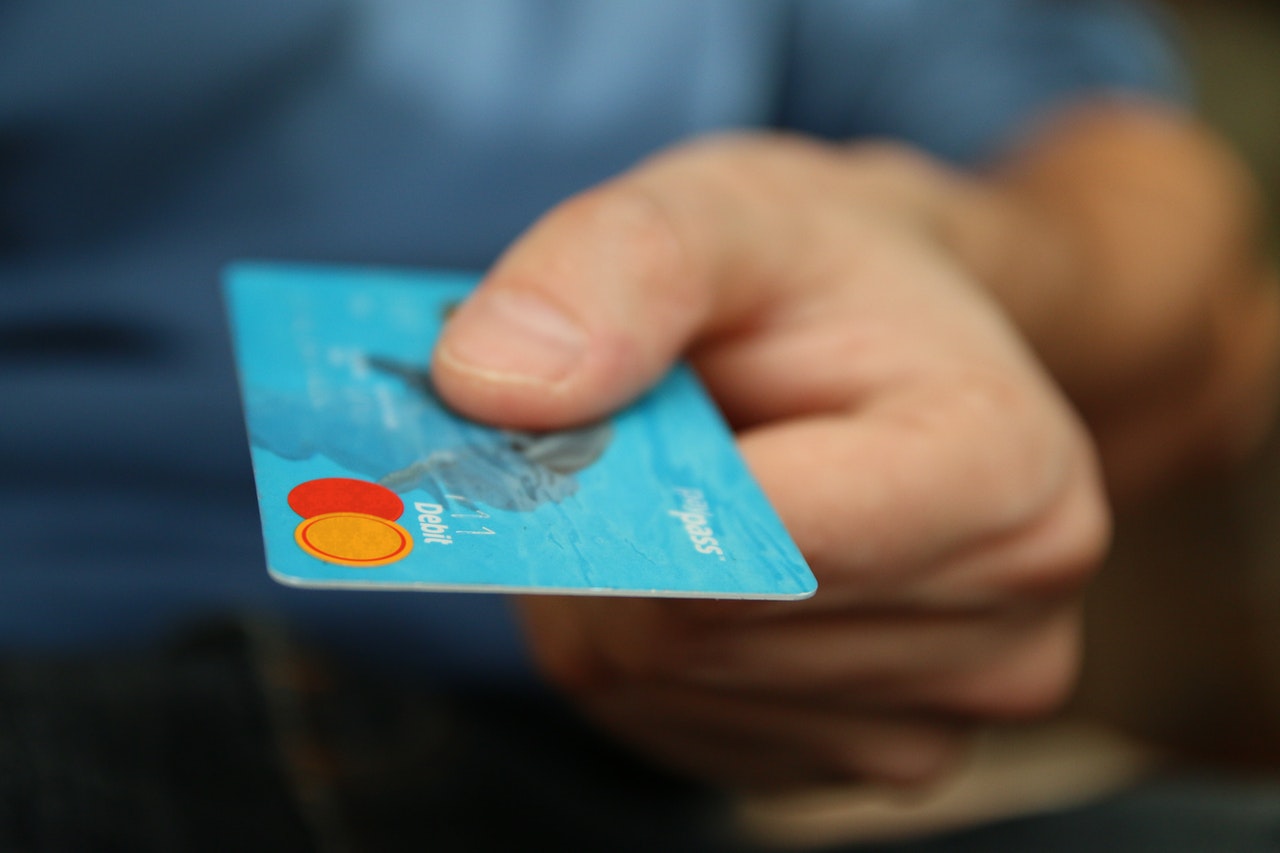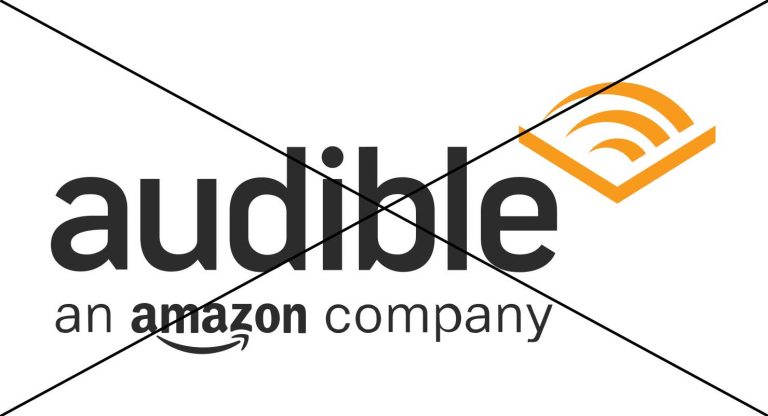How Credit Cards Work
In this article, I’m going to explain how credit cards work. I’ll explain everything from how you can qualify for a credit card to how to find the best credit card for your specific financial situation to (MOST IMPORTANTLY) how to use a credit card wisely.
There was a time in world history when it was hard for a person to spend money he didn’t have. Along with other forms of credit (lines of credit, installment loans, etc.) that began appearing in the 1900s as the automobile and cheaper consumer products became more readily available, credit cards have become ubiquitous in modern culture. Experian reported in 2020 that 90% of American adults have at least one credit card.
Whereas it was common several decades ago to purchase much of one’s consumer items using checks or cash, as shopping habits have changed, credit cards have become the dominant method for making payments when purchasing commodities. Credit cards are much more frequently used in our contemporary society than cash and checks (which most restaurants and other retail businesses refuse to accept because of susceptibility to fraud) for several reasons.
With credit cards being such a common form of payment and a fixture among modern households, it’s important to understand how credit cards work. Those who don’t understand how credit cards work before they start handing over the plastic every time they see a need or a want often find out the hard way that credit cards can be like fire. They are very handy for lot of reasons, but a person can easily get burned.
Credit Cards Versus Debit Cards
Most debt counseling and personal finance experts (e.g. Dave Ramsey) counsel their clients and followers against using credit cards in favor of debit cards. The reason for this is the fact that debit cards do not allow you to spend beyond the amount that you have in the bank, whereas credit cards do.
The most important difference between a credit card and a debit card is that the funds used for a credit card purchase are provided by the financial institution that provides the credit card, independent of whether the persons spending the money has enough in the bank to cover whatever is being spent. The financial institution that fronts the money for a credit card purchase expects you to pay back the money that has been spent. The credit card provider’s entire business model (making profits) is built on leveraging the convenience of using the credit card so collect fees from the credit card user (most commonly interest, late fees, annual fees) as well as from the merchants who accept the card (usually 2-4% of the transaction amount).
When you use a debit card, you are typically allowed to only spend up to the amount of money you have in the bank. There are some debit cards that allow occasional overdrafts, but, unlike with credit cards, they expect the negative balance to be corrected right away, and you’re not allowed to “carry a balance” as you would with a credit card.
Revolving Credit Revolving credit describes a situation where a lender has extended to a borrower a designated amount of credit, which the borrower has access to for an extended or indefinite period of time. The borrower is normally required to pay back some or all of the amount borrowed during the intervals, which are typically defined on a monthly basis, including interest on the money used. Credit cards represent the most common form of revolving credit used today. Based upon a risk evaluation done by the credit card issuer to the credit card holder, an established credit card limit is given, a designated threshold over which the credit card holder is not able to spend. The credit card holder is required to pay back some portion of what was spent on the credit card during a statement cycle.
Credit Card Providers
The credit card system is comprised of two major components:
- financial institutions (banks, credit unions, etc.) who provide the financing
- payment processing networks that make it possible to transfer funds electronically, such as when you purchase something
Most credit cards are provided and funded by banks or credit unions. Those banks and credit unions partner with the the credit card payment provider networks, whose names you’re likely more familiar with (e.g. Visa, MasterCard). The banks provide the financing for the money borrowed through the use of credit cards, and the payment providers provide the network that connects the various financial institutions that provide the money that finances credit cards.
The majority of credit cards are provided by the thousands of banks, credit unions, savings and loan, and other financial institutions that comprise the worldwide banking system. However, there are a few financial institutions that are known almost exclusively for providing credit card financing. The largest and most popular of these are:
- Capital One: 100 million credit cards in circulation
- Discover: 57 million credit cards in circulation
- American Express: 55 million credit cards in circulation
The major credit card processing networks are:
- Visa: 340 million credit cards in the United States; 800 million outside US
- MasterCard: 234 million cards in circulation in the US; 710 million outside US
- American Express: 55 million cards in circulation in US; 60 million outside US
- Discover: 57 million credit cards in the US (Discover cards are almost exclusively issued in the United States)
Applying for a Credit Card
Applying for a credit card can be done in one of a couple different ways:
Through your local bank
You can go into your local branch and ask to apply for a credit card. If you already have a checking or savings account that you use, this option might make the most sense since it allows you to consolidate your credit card and banking activities, and it helps to have a local office you can lean on for advice or help. Since checking and savings accounts are so crucial to being responsible with credit cards, applying for a credit card through the bank that you use for other financial activities is often convenient and practical.
Online
You can also apply for a credit card through financial institutions that you are not currently working with. For instance, you can go to directly to one of the major credit card providers or to any bank that offers credit cards (which is most of them) and set up an account through them directly through the credit card application process.
When you’re shopping for a credit card, you will notice that there are lots of offers out there from credit card providers who are hoping to win your business. There is no shortage of offers, from high rewards (usually 1% cash back, but some as high as 2% cash back) to cash reward incentives for using your credit card for spending to travel points and other bonuses.
A Warning About Credit Card Rewards and Spending
It can be tempting to apply for credit cards that give you a lot of rewards, then get into the habit of spending more money so that you get more rewards. When you step back and think about this mindset, it makes no sense. Spending $100 unnecessarily to get $1 in rewards back is insanity, yet it’s obvious from the marketing tactics of credit card companies that it works.
Most adults in the US know what’s being referred to when they hear the phrase, “What’s in your wallet?” That’s a marketing line from Capital One that asks people to wonder whether the credit card rewards they’re receiving are as much as they should be getting.
The obvious danger with spending based upon the expectation of getting cash back or other rewards it that you are likely to spend more, waste more money, and find yourself struggling with spending and debt.
Don’t fall into this trap!
I chose to get a Capital One Spark Business credit card for my vinyl decor and medical products businesses because the card gives me 2% back on spending that is a natural part of my business. In fact, spending more on the Capital One card is a sign that my businesses are thriving, since I’m using the card to buy supplies and inventory. I don’t use the card for anything other than business expenses.
How are Credit Limits Determined?
Credit card limits are determined by several factors, including your credit score, your income, and other factors that credit card providers consider when they look at the risk that’s associated with your account. This process of assessing the risk posed by the credit card provider when extending you credit is called underwriting.
For those with longer credit histories and a record of responsible spending and consistently paying off their cards, credit limits are higher, including the initial credit limit you’re given when you apply for a new card.






